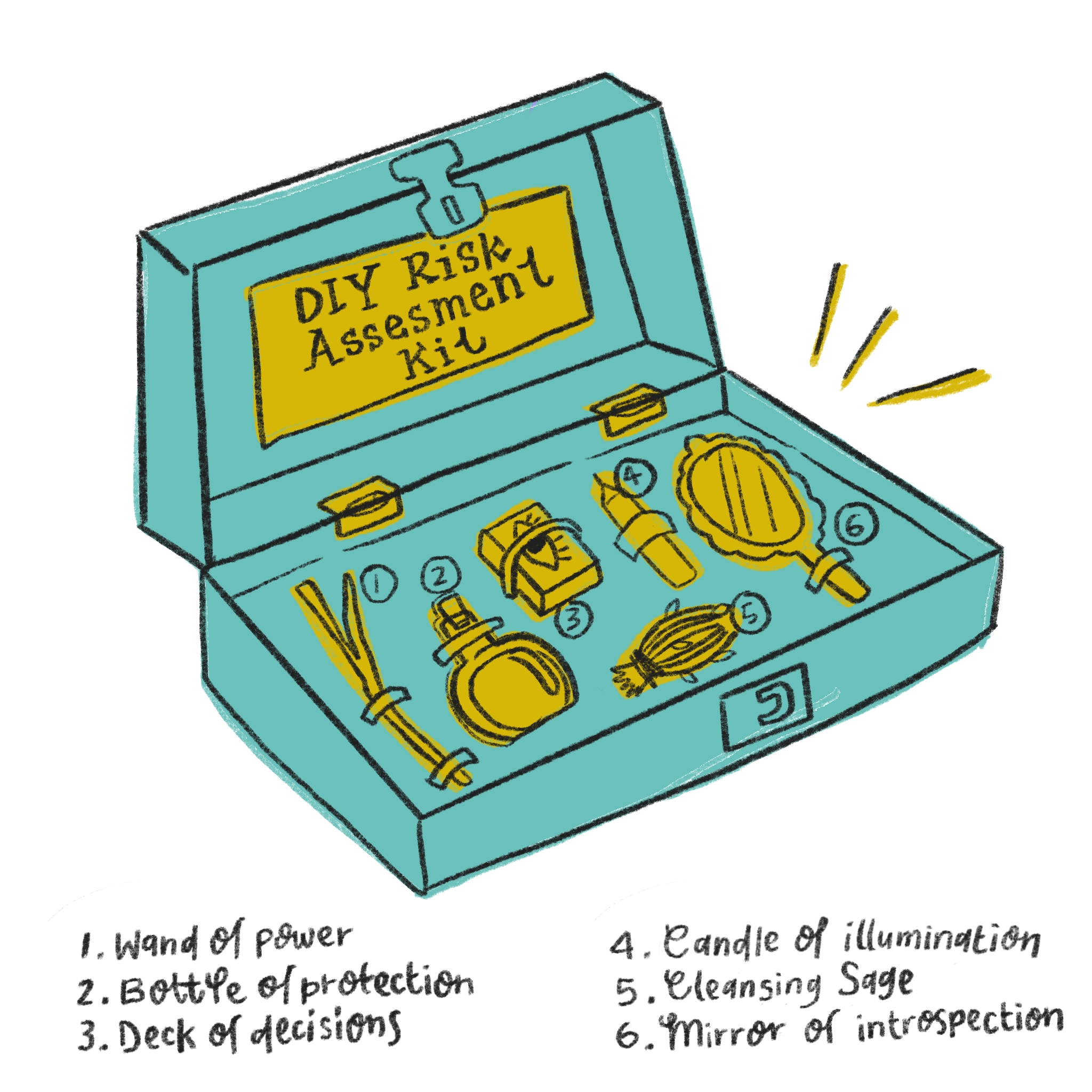DIY Risk Assessment
Coming up with a security plan to protect yourself from all forms of online violence and threats can be overwhelming, exhausting,, and confusing. Protecting yourself digitally does not mean using the perfect or the most secure tools. Instead, security building is an ongoing process, and it is different for different individuals. To some extent, it may require certain behaviour changes or some level of inconvenience. You are the best person to understand the risk and threats you are facing and therefore the best person in deciding the right digital security plan for yourself.
This guide will help you in understanding the unique risks and threats you face based on your identities, experiences, skills and resources, and what you can do to counter those threats.
When deciding what you want to do, ask yourself the following questions:
Who are your aggressors? Are they identifiable, and do they have a history of erratic or violent behaviours? Which platforms do they hang out at? Are they financially resourceful or politically/socially influential? How technologically fluent are they? What is their relationship with you? Do they have access to your information and password? This may include individuals, a group of people, a government agency, or a corporation.
What do I want to protect? In an online gender-based violence context, it is usually “information” about us that we want to protect from being breached. This information may be kept in your emails, contact lists, instant messages, computer files, employment, social media accounts, and even your devices. Remember, what this information means to us differs for different individuals. If you can, think about or write down the information that you want to protect and identify where they are located digitally.
Try this simple exercise to self-test what information about you are accessible out there.
Sign out of your social media and email accounts before doing any of the followings:
Google your name or alias you used on your digital platforms (be sure to check the images tab)
Google your phone number
Google your home address
Google your IC no.
Where does the violence take place? Is the violence likely to escalate or spill over to other platforms? Are you able to stay out of the space temporarily? Has the abuser/aggressor migrated across platforms or moved to your physical space (e.g., voicemails, physical mail, or packages left at your door or workplace)?
What is your environment? Does your environment increase the threat? Is the threat directed and specific? Does it include your name, a time, a place, or a method of attack? What are the laws and policies around you? Do you have access to support from your family, friends or community?
How bad are the consequences if you do not take any steps to protect yourself digitally or if your aggressors have access to your information? What will the aggressors do if they have access to your information?
Only YOU know what devices you use, what apps and services you access, how you use them and what you use them for. Take that context into account to decide what strategy to use and remember that it may require a change in behaviour or some level of inconvenience, so choose the strategy and recommendations that best suit your situation.
Last updated
